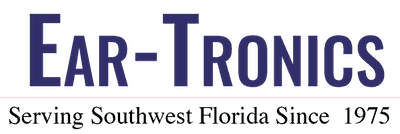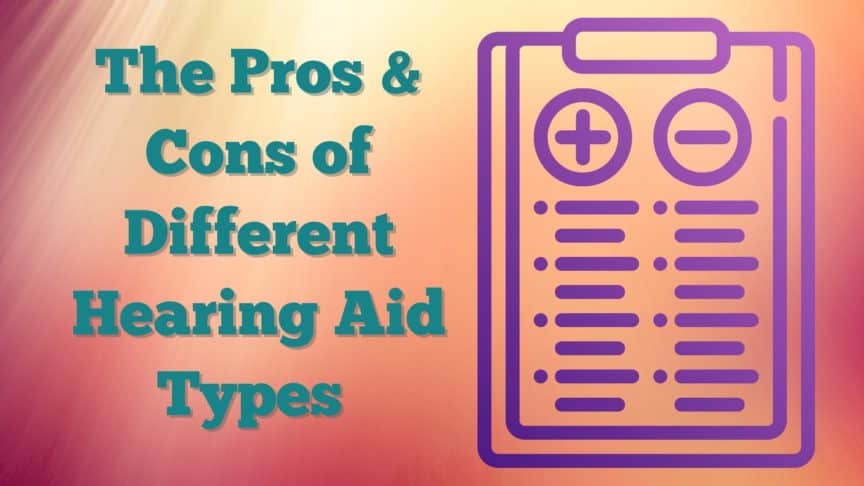If it has been years since you first have suspected you’ve had a hearing loss and are just now making the leap to wearing them, then you are not alone! On average it takes people seven to ten years from the time they suspect they have a hearing loss to finally get treated. Now that you’ve had a hearing test and understand the extent of your individual hearing loss the biggest decision is what style of hearing aid will best suit you and your lifestyle. This can be more overwhelming than you may at first expect with an array of styles and features to choose from. Your audiologist is here to help you choose the best hearing aid style for you, but knowing your options ahead of time can ensure that you make the best decision for yourself. Here are a few popular styles and their pros and cons to help in your decision.
RIC: Receiver in Canal
This style denotes that the microphone and amplifier are in a casing that rests behind the ear and delivers sound to an earmold in the ear canal. The benefit of RIC is that they are discrete while able to house quite a lot of power due to added tech stored behind the ear. This means they deliver great sound quality for many different degrees of hearing loss. In addition, RIC is compatible with wireless Bluetooth technology so you can stream phone calls and media directly to your ears. The downsides such as being small enough to easily misplace or susceptibility to moisture can be easily avoided with diligence and care but may not be the best for the convalescent and elderly.
ITC: In the Canal
This incredibly discreet hearing aid is custom molded to fit in the ear canal. They have a lot of power for their size and can still contain a directional microphone to help a speaker in front of you in a crowd. However, they are prone to feedback and may not work for patients with more severe or with manual dexterity issues.
CIC: Completely in Canal
For those who don’t want their hearing aids to be noticeable, CID hearing aids fit in the ear canal. These tiny hearing aids take advantage of the shape of the outer ear to direct sound. Unfortunately, these devices are too tiny to add a directional microphone, meaning that if you frequent and struggle to hear in a crowd, then CIC hearing aids are not your best option. Similar to ITC hearing aids these are prone to feedback and also not recommended for people with dexterity issues or severe hearing loss.
IIC: Invisible in Canal
Digital technology in hearing aids has allowed them to become increasingly smaller to the point where we now have the IIC. These custom hearing aids fit deep in the ear canal, nearly undetectable to most people. Unlike the ITC or CIC, these don’t struggle with feedback issues. However, this hearing aid is still for people with less severe hearing loss and the ability to maneuver very small parts.
BTE: Behind the Ear
Behind the Ear hearing aids are affordable and powerful. The small unit rests behind the ear and delivers sound to your ear canal via small plastic tubing to a discrete ear mold. This type of hearing aid is often referred to as the workhorse in the industry due to their relatively compact size while still able to deliver the power that people with most degrees of hearing loss require. Because they are a little larger, these might be easier for people who would struggle with the tiny parts of other models. These are designed to last a long time and deliver the sound support you need. The only downside is they are more noticeable, and they are susceptible to feedback due to wind.
ITE: In the Ear
These hearing aids fit in a shell that is worn over the outer ear. Very noticeable but contain the power and versatility needed for most types of hearing loss. While these deliver excellent sound quality, because they are in the outer ear, they are more prone to needing to be cleaned regularly and often need more repairs. However, with a diligent care routine, these hearing aids can serve you very well.
Find Out More Today!
To find out more about the pros and cons of these models, don’t delay reaching out to us! We can find the best hearing aids for your hearing loss and lifestyle.

